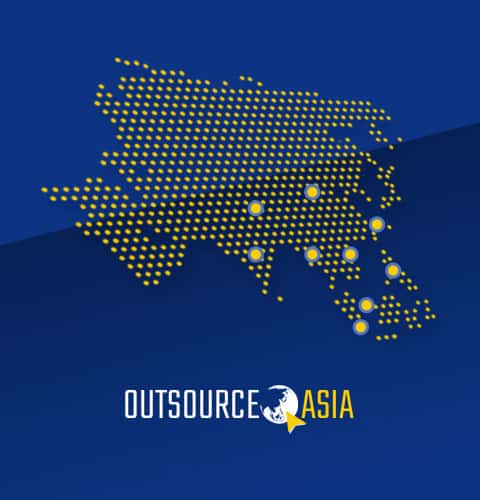
Tech Revolution in Nepal
Rapid technological development has brought about AI and automation on an unprecedented scale. It’s estimated that 40 to 50 percent of workers with low education are at risk of automation by the mid-2030s.
This article on the tech revolution in Nepal examines aspects of the post-pandemic era, examining how organizations respond towards the impact of automation and technology on job availability. It also examines decisions by policymakers and business leaders on aspects of cybersecurity management and data and privacy protection.
Background
Determining and shaping the direction of future of work in Nepal presents many challenges as well as opportunities. There are serious work deficits due to informality and invisibility at work as well as downsizing in the manufacturing sector. Addressing these low levels of productivity help reduce their grave implications.
Impact of Automation and Technology on Job Availability
There is much concern today that new automation technologies and robotics will displace humans in the workplace. When labor-saving machines are introduced into the productive process, a firm can lay off workers and produce the same amount of goods than before. Keeping in mind the decreasing rate of population coupled with companies’ desire to get more done in a less amount of time, developed countries have switched to automation. Studies by Frey and Osborne (2017) have estimated that automation has the potential to replace up to 70% of jobs in Nepal in the next decade or two.
Nepal needs to adopt proactive measures and start investing in information technology education. This is to ensure that low-skilled workers will have the required knowledge and technical know-how as well as problem-solving, discursive reasoning, and socio-behavioral skills to thrive in techno-sensitive industries. They won’t feel much threatened by the increasing use of technology in the workplace.
A 2020 World Bank report also the Nepalese government to design universal social protection as well as policies that support greater productivity, skills development, and human capital in the new normal. The report explained that if Nepal prioritizes investments in automation and robotics technology, improves digital access, and supports workers to take advantage of online platforms, this will lead to more job opportunities. Taking advantage of innovative automation practices and technology will make Nepal more competitive and better integrated into markets.
Consumer Consumption and Business Recovery
Gross Domestic Product (GDP) contracted by 1.9% in 2020 from 6.7% in 2019 due to pandemic-induced disruption in supply channel and lower agriculture yields. Industry, on the other hand, contracted by 4.2% while services which is responsible for half of the GDP contracted by 3.6%. Private investments in energy and services slumped by 3.5% while public investment also decreased to 5.4% due to delays in construction and procurement. Annual average inflation rose from 4.6% in 2019 to 6.2% in 2020 due to smaller harvest, weak domestic demand, intensified inflationary pressure, and higher prices for Indian imports.
Agriculture, which contributes about 35% to the GDP, is expected to by increased paddy plantation amid abundant rainfall this monsoon season. Industry output is expected to grow, thanks to a large increase in export volume and stronger domestic demand, as the rollout of the national vaccination plan will reduce infection rates over time.
The government’s fiscal policy for 2022 largely focuses on strengthening the nation’s health care system. Monetary policy will accommodate a dedicated refinancing facility, concessional lending for priority projects and for affected businesses. Growth in services will accelerate because of increased economic activities in the wholesale and retail trade, transport, and financial services along with the vaccine rollout nationwide.
Learn more about offshore outsourcing and how you can maximize it for your business. Today’s Third Wave of Outsourcing no longer focuses on cost-cutting alone. It’s a race to find the best talent from all over the world.
Learn more about Third Wave Outsourcing and how you can maximize it for your business. Don’t remain in the ways of the past. Join the global entrepreneurs who have access to the best global talent. ORDER THE E-BOOK NOW.


